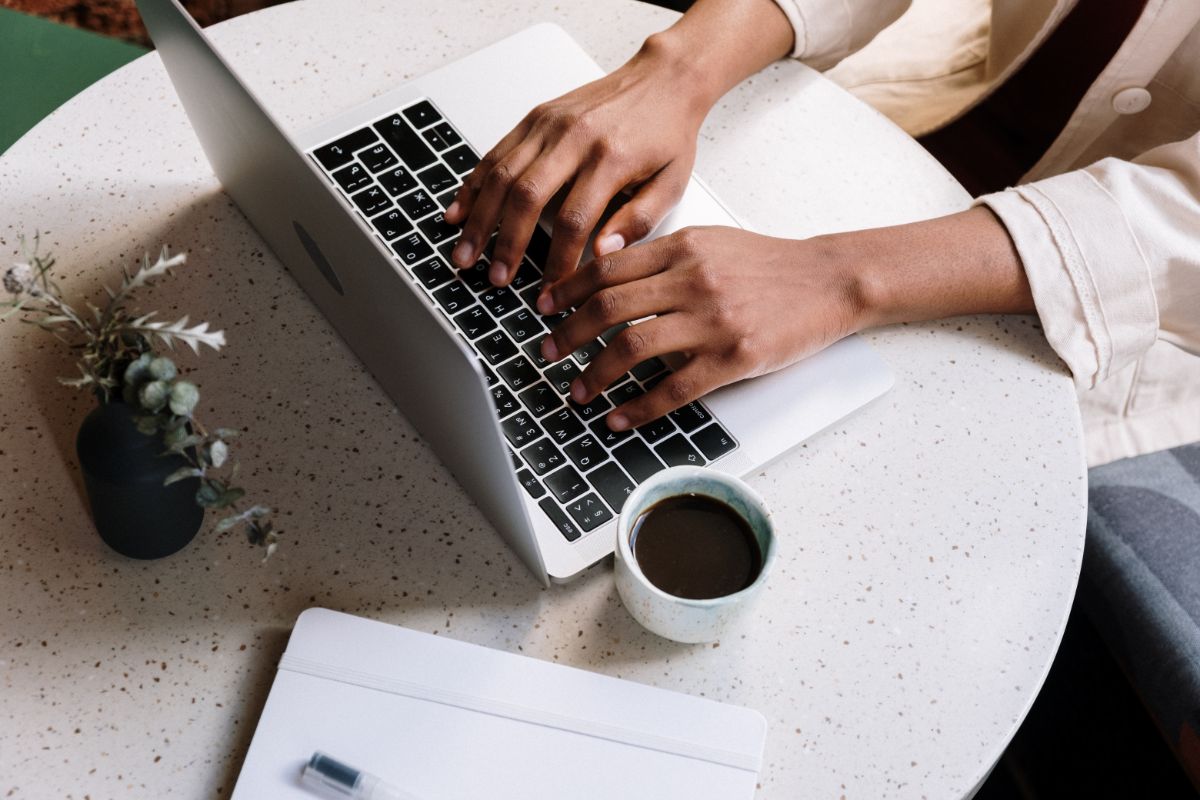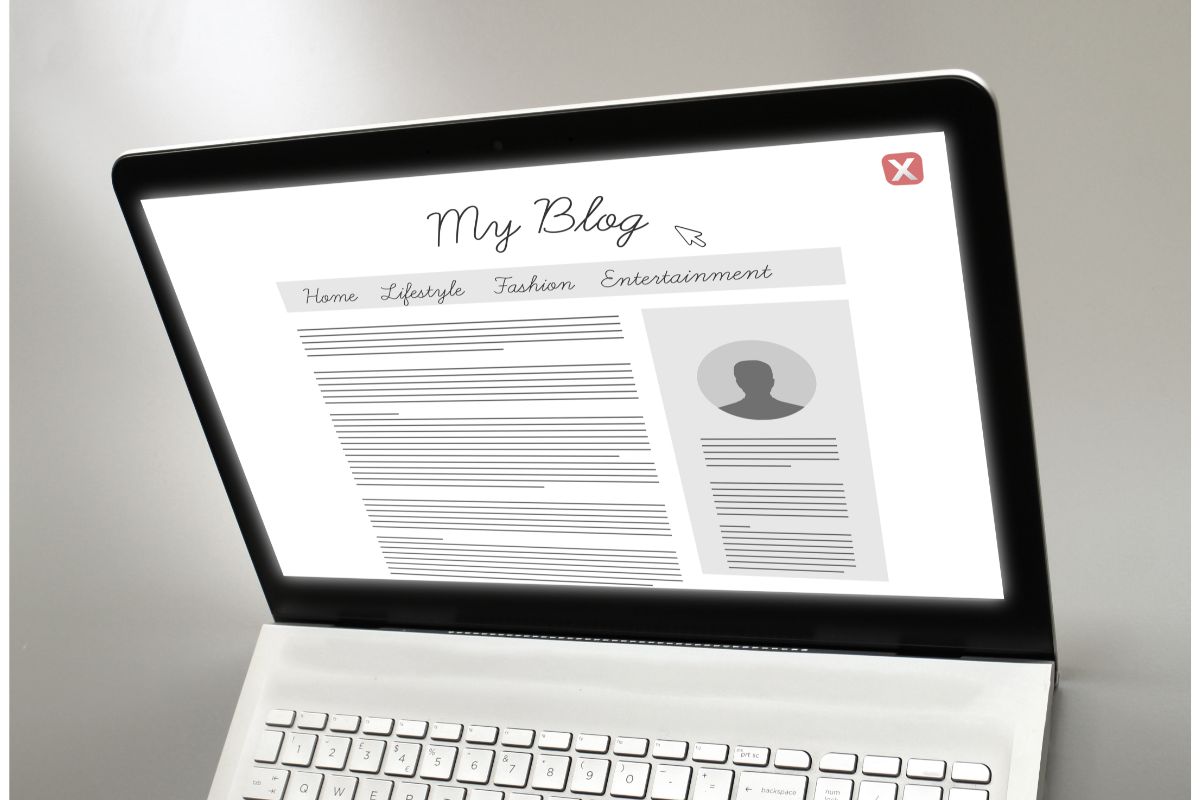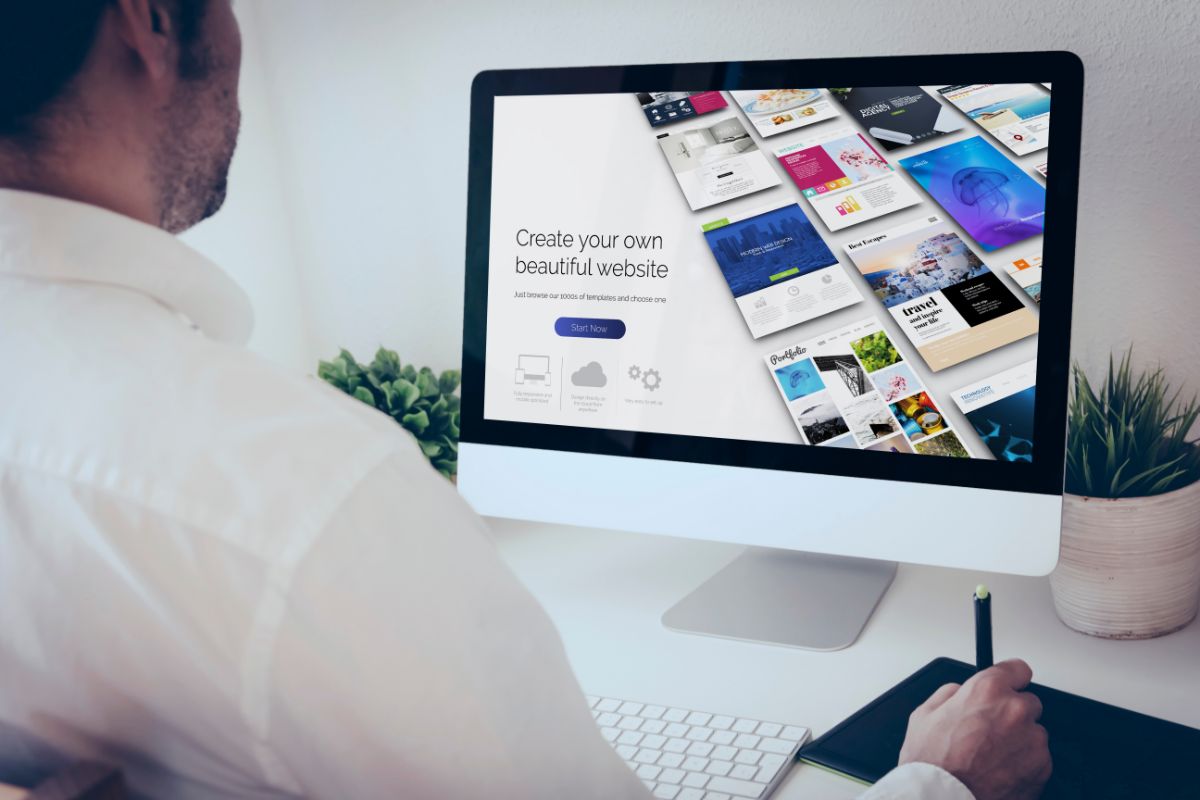Including images in your blog is one of the best ways to make your blog eye-catching, aesthetically pleasing, and interesting.
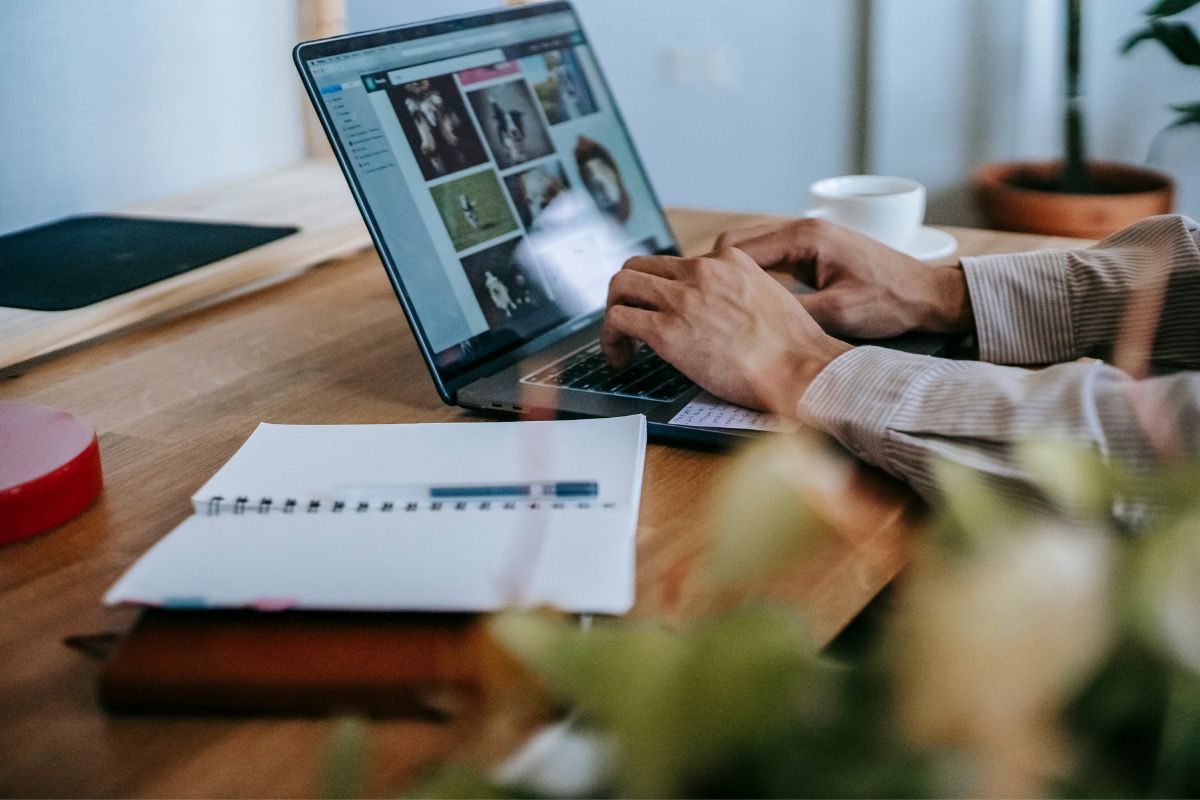
Readers are more likely to consume blog content that features images because it captures their attention and simply makes each page more appealing to look at.
Walls of plain text will definitely put people off consuming your content.
However, there is one major obstacle bloggers face every day when it comes to incorporating images into their blog: copyright restrictions.
Using a copyright-restricted image on your blog without the proper permissions can land you in legal trouble and may have negative consequences for your blog, which is the last thing any blogger wants.
Today, we’ll be explaining how to use Google images legally by following 6 best practices.
Why Copyright Matters
If you’re not sure what copyright restrictions are or why they’re important, take the time to read this section before moving onto the best practices for legal Google image use.
Contrary to what you might think, not all images available through Google can be copied and pasted for your own use.
Google is a search engine, not a gallery of free-use images.
Many images on Google are protected by copyright law, meaning that you can’t use them for your blog without permission from the creator of the image.
If you include a copyright-protected image in your blog without obtaining permission from the creator or owner, you may be asked to remove the image, or the image may be automatically taken down at the request of the creator.
If you have used a copyrighted image commercially (to sell products), you could even end up facing criminal charges.
Obviously, no image is worth being taken to court over, so it’s important to understand how to use Google images legally.
This is what we’ll be helping you with in this article.
Recent Google Copyright Initiatives
Before we get into the steps you can take to ensure you never face legal issues regarding the images on your blog, you should also be aware of recent changes to Google’s copyright policy.
Recently, Google has taken steps to make it easier for bloggers to determine whether an image is copyright-protected or free to use.
Google has also made it easier to find the information you need to credit the creator.
Google Images Terms And Conditions
You also need to be aware of the terms and conditions outlined by Google regarding the use of images found through the search engine.
If an image has a Creative Commons (CC) license, you can use it without obtaining permission from the creator first.
However, it’s important to read the details of the license because there are several different CC licenses attached to Google images, and each one permits different forms of use.
For example, some CC licenses allow bloggers to use the image for informational content only, but not commercial content.
If you do use an image you found on Google that has a Creative Commons license, you must credit the owner of the image.
How To Use Google Images Legally
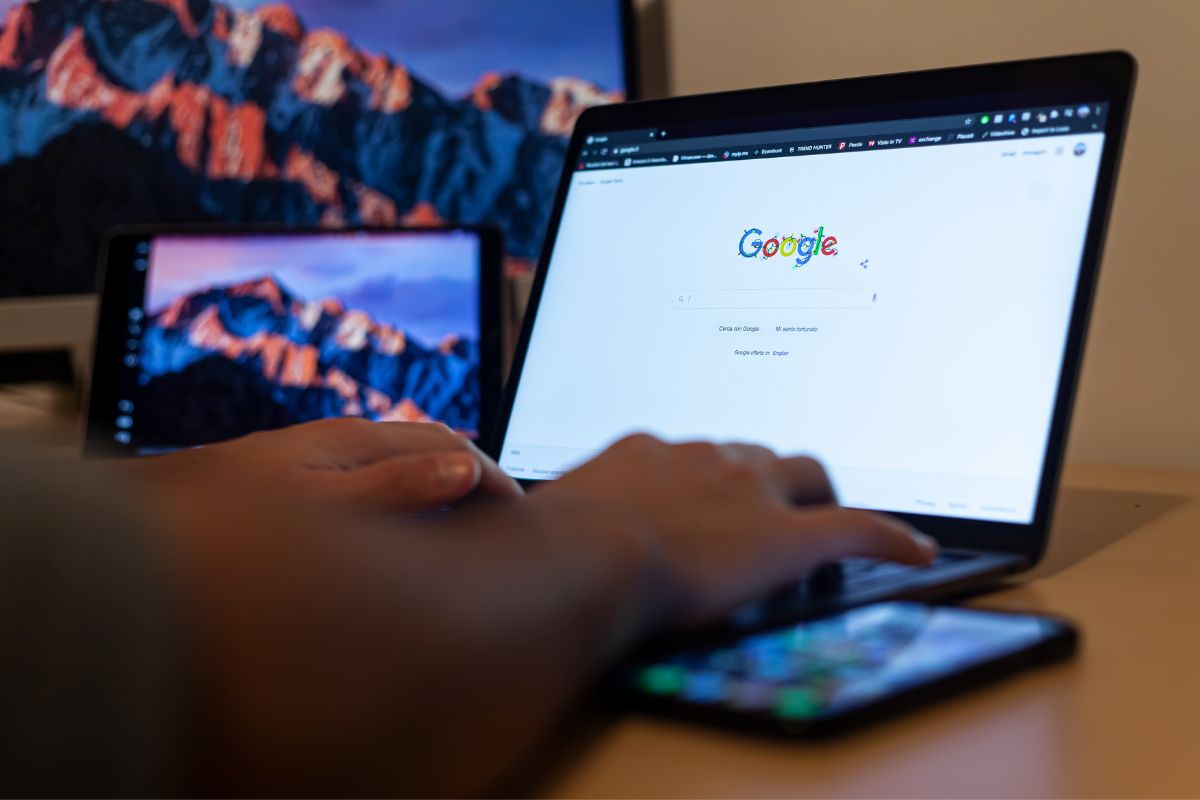
If you want to avoid legal issues when including images in your blog posts or site, follow these 6 steps.
These are best practices for using Google images without breaking copyright laws.
1. If In Doubt, Assume Copyright
Never assume that an image you find on Google is free-use.
Always go into researching an image under the assumption that it’s copyright-protected.
If it turns out that the image is, indeed, protected by copyright, you will need to make it a priority to find the information you need to reach out to the creator and ask for permission to use that image.
Even if the image isn’t protected by copyright laws, you still need to do your research and find the information necessary to credit the creator when you use the image in your blog.
2. Confirm Copyright
If you really want to be safe in your use of a copyright-protected image, it’s not enough to simply obtain permission from the creator.
You also need confirmation that the person you’re speaking to is authorized to give that permission – in other words, you need proof that the creator is who they say they are and actually owns the rights to the image.
When you contact an image creator, ask for a guarantee or warranty. This will protect you from any legal liability further down the line.
3. Link, Don’t Embed
If you can’t find enough information about an image to determine whether it’s copyright-protected or not, you may feel nervous about including it in your blog.
This is sensible because, as we mentioned above, you should always assume that the image is copyright-protected until you know otherwise.
When you’re unsure, it’s always safer to link to the image within your blog using a URL rather than embedding the image into your page.
This way, you’re not featuring the image on your page directly, but simply referencing it.
You’re much less likely to get into trouble for linking to an image than you are for visibly featuring it on your website.
4. Choose Creative Commons Images
While you may be able to use a copyright-protected image if you reach out to the creator and obtain permission, this is easier said than done.
It can be difficult to find the information you need to ask for that permission, even with the new initiatives from Google, and even if you do contact the creator, you may not receive a response.
For this reason, it’s not only safer but more practical to stick to Creative Commons images for your blog.
This way, all you need to do is make sure that your intended use for the image is covered by the specific license and include a credit for the creator on your page.
5. Buy From Stock Image Agencies
If you’re willing to pay stock image agencies to use images from their collections, you can avoid copyright infringement.
When you purchase an image from a stock image agency, you’re not buying the image itself, but you’re paying for the right to use the image.
Bear in mind that just like Creative Commons images, images from stock image agencies may come with certain conditions for use.
When you buy an image, you may be allowed to use it on your blog, but you might not be able to use it commercially, for example.
6. Create Images Yourself
If you really want to make sure that you never get into legal trouble for using an image in your blog, the best thing to do is create images yourself!
As long as you’re not taking the photographs you use in your blog for an employer (in which case you would need permission from your employer to use those images), you’re free to use any image you took yourself.
That image belongs to you.
Just make sure you get a model release from anyone featured in your image.
Final Thoughts
Using images in your blog can be nerve-wracking if you don’t understand copyright law.
However, incorporating images into your posts doesn’t have to be scary if you follow our 6 tips for using Google images (and other images!) legally.
Where possible, purchase the rights to images or use images that you’ve created yourself.
Alternatively, do your research so that you can determine what (if any) Creative Commons license an image has and appropriately credit or ask for permission from creators when using images you find on Google.
- The 20 Best Blogging Courses That Are For Beginners - December 7, 2022
- 20 Best WordPress Plugins For Blogs For Effective Blogging! - December 7, 2022
- 5 Excellent Affiliate Marketing Courses To Learn - December 6, 2022


